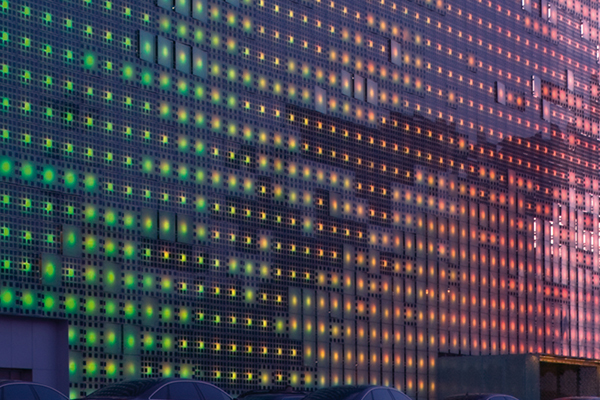The Temporal Geography of the Digital Image, Tempus Fugit?
DOI:
https://doi.org/10.15168/xy.v5i09-10.172Keywords:
digital image, e‒image, temporalityAbstract
This research underlines the importance that the consideration of temporality should be given to in contemporary visual studies. The initial hypothesis considers that the connection of a temporal nature between a digital image and its content synchronizes such image with society and its being in the world. The analysis will be based on the study of some paradigmatic cases. Based on some of the concepts addressed by José Luis Brea, a discourse is developed aiming to serve as a tool to rigorously analyse contemporary visual works of art. It will also be evident that it is not only thanks to this temporal factor that the other senses are related and displayed, but that it additionally triggers an original and fertile way of approaching the perception, communication and diffusion of images in the contemporary era. What is the true physical reality of the digital image? How is the meaning of it encoded? What kind of temporality does each of the stages of its production allow? What changes are the consequence of the digital world compared to the physical one and what role does temporality assume in it? The answer to these and other questions articulates a discourse that does not seek so much to find conclusive solutions as much as it tries to pose new ways to approach graphic research. Temporal geography, focusing on the characteristics and particularities derived from the positioning of the images in relation to the vector of change, movement or its absence, will make possible an original research context and novel conceptual relationships. The conclusions are understood as a way of shedding light during the critical reading of the image, considering temporality in a broad sense.


